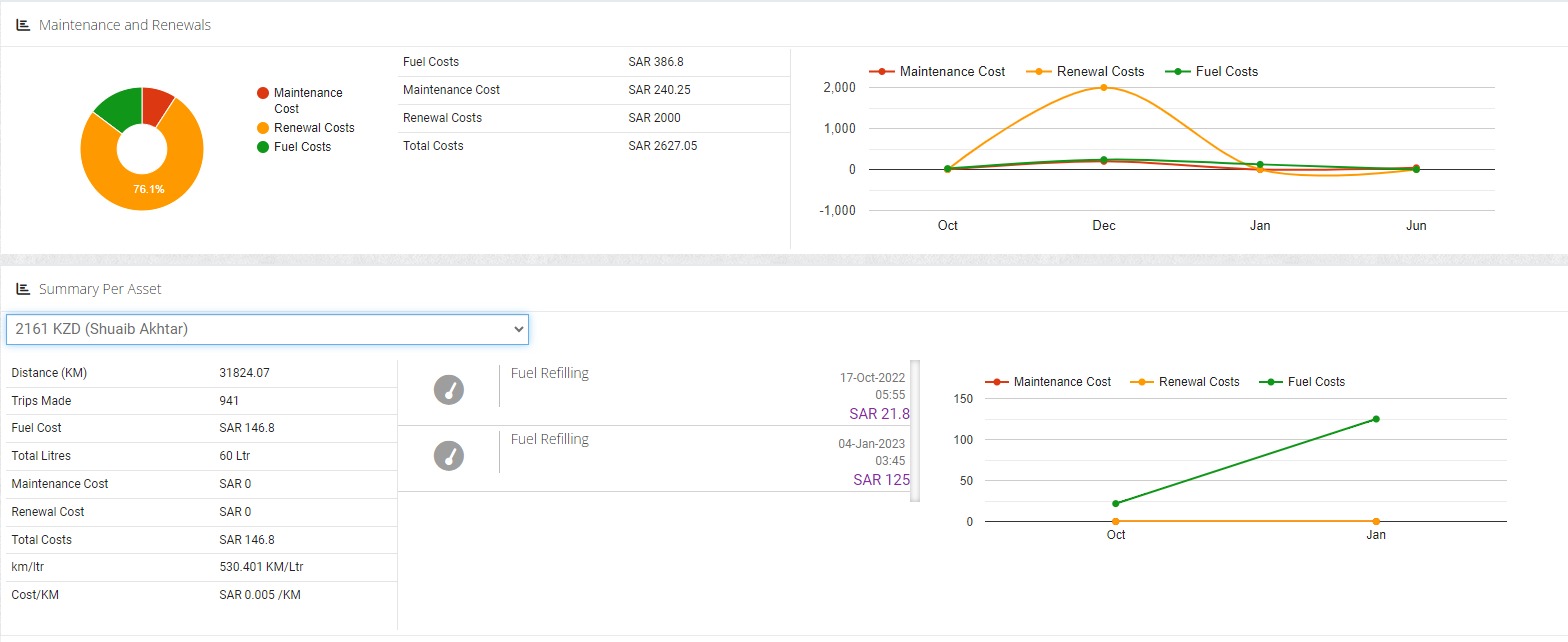Driving Towards a Greener Future: What You Need to Know About Saudi Arabia’s Vehicle Registration Changes
Saudi Arabia Implements New Annual Fee for Vehicle Registration Based on Fuel Consumption
Saudi Arabia implemented the new annual fee for Vehicle Registration License (istimara) based on the vehicle’s fuel consumption. This new fee came into effect on October 22, 2023. According to Markabati, the fee will be initially applicable to the owners of the 2024 model year vehicles. However, in 2024, the fee will be expanded to all light and heavy vehicles. The fee is calculated based on two criteria: engine capacity for all light vehicles manufactured in 2015 or earlier and all heavy vehicles, and fuel efficiency for light vehicles manufactured in 2016 or later.


Saudi Arabia implemented the new annual fee for Vehicle Registration License (istimara) based on the vehicle’s fuel consumption. This new fee came into effect on October 22, 2023. According to Markabati, the fee will be initially applicable to the owners of the 2024 model year vehicles. However, in 2024, the fee will be expanded to all light and heavy vehicles. The fee is calculated based on two criteria: engine capacity for all light vehicles manufactured in 2015 or earlier and all heavy vehicles, and fuel efficiency for light vehicles manufactured in 2016 or later.
According to Markabati, the new annual fee for the issuance and renewal of Vehicle Registration License (istimara) will range between 0 and 190 riyals. It will be a significant step forward in the country’s efforts to reduce fuel consumption, achieve net zero and improve air quality. The fee, which will be implemented in two phases will incentivize fleet managers to invest in more fuel-efficient vehicles and to take steps to improve their fleet’s fuel efficiency.
Monitor Vehicle Utilization Rate
Eagle-IoT® vehicle tracking and fleet management software help fleet managers by providing them insights about their fleet’s fuel efficiency with its advanced tools to analyze vehicle utilization rates based on fuel consumption. Key performance indicators (KPIs) such as vehicle utilization rates, fuel efficiency, and delivery times can be used to identify areas for improvement and implement targeted strategies to further enhance fleet utilization.

Eagle-IoT® offers in-depth reports based on when the vehicles are being used, for how many days during the week and for how many hours of the day. Understanding the preferred choice of the vehicle by the driver, choice of vehicles for the trips, and understanding the vehicle specification needed for those trip will help in determining the vehicle’s utilization category which will help in determining a strategy that ensure the fleet is operating at perfect levels at all times, and that no vehicle is being under or over-utilized. Fleet vehicles can be analyzed based on their model, maker, fuel usage and distance travelled to provide the comprehensive vehicle usage reports. The utilization of vehicle can be categorized into four levels: reduce, replace, redistribute or monitor; depending on the threshold level established for the replacement and utilization. With the in-depth analysis of the entire fleet with Eagle-IoT®, fleet vehicles can be easily categorized in the above-mentioned metrics.
Graphical overview of expenditures and performance of an asset
Eagle-IoT® Expense Management Solution allows you to monitor and identify under-utilized and over-utilized fleet assets to save costs and reduce risk. The graphical overview of expenditures and performance of an asset or a group of assets are visible on dashboard, allowing fleet managers to analyze their asset which have become liability to the company and need to be retired from the fleet. This in-depth analysis of utilization of fleet can help transporters and fleet owners to get large dividends with a more productive and efficient fleet capable of responding to any challenge the company might face.

For making the right optimal decision, Eagle-IoT® Expense Management Solution offers you to design whole year’s budget by using Service/Renewal module along with Analytics Dashboard, where each branch’s performance can be compared with expenditures. Just like performance comparison in an analytics dashboard, a comparison of expenditure is available between assets, and between branches.
Choosing the Right Vehicles for the Job
Data analysis and feedback from fleet owners and transporters show that choosing the wrong vehicles for the job can lead to higher fuel costs. Eagle-IoT® provides the tools to fleet managers to identify areas for improvement. For example, if a shipment is relatively lightweight, there is no need to mobilize a truck or heavy vehicle. Similarly, fleet managers should have a strategy for distributing loads and choosing the right vehicles for door-to-door delivery and intercity travel. Eagle-IoT® fleet utilization module offer insights into cost per kilometer in terms of maintenance and fuel, which can help fleet managers determine if they are using the right vehicles and whether they need to update their fleet.


